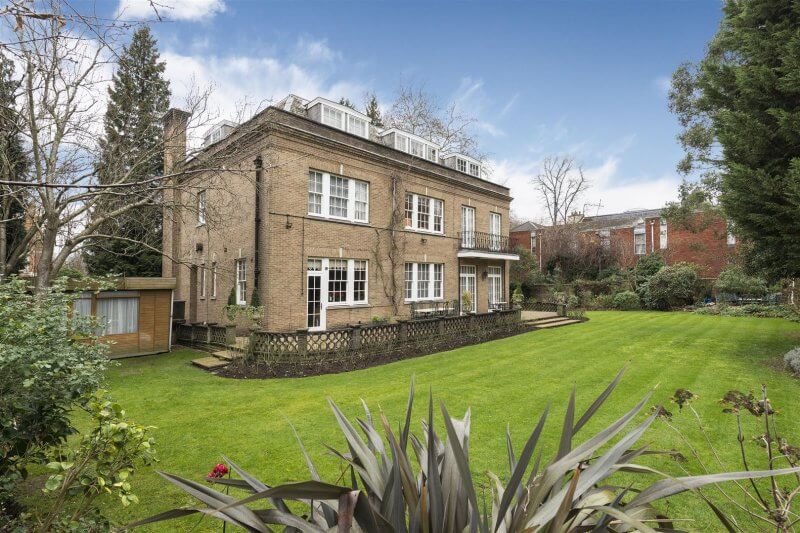Although the housing market may be evolving constantly, the process of buying and owning a property does not undergo as many changes. It is a significant financial investment, and it is best to understand the process in detail before taking the leap.
It can take a minimum of three months to complete the whole process of owning a property. This includes the time from viewing houses and working with real estate agents and solicitors to mortgage valuations and conveyance.

Steps for buying property in the UK
The process may seem tedious and long; however, you can smooth it out a bit if you are aware of the steps involved and prepared for them.
- Understand the costs
- Conduct house search
- House viewings
- Make an offer
Through your estate agent, inform the owner of your offer. You could offer lower than the asking price, but it means you should be prepared for a good haggle.
- Mortgage valuation
Mortgage applications may go on for six weeks or more. You need bank statements dating six months, employment proof and ID proof. The property will go through a mortgage valuation too.
- Property survey
- Involve a conveyance
The conveyancer will handle the legal aspect of the property purchase and ensure that all the legal documents are in order. This involves handling land registry, planning permissions, stamp duty payment and checking contracts. The first step, however, is a memorandum of sale drawn up by the real estate agent, to be signed by the conveyancers of buyer and seller.
Real estate agents such as Glentree can handle the legal aspects of property purchases so that you can concentrate on buying the house of your dreams.
- Arrange home insurance
- Signing the contract
By this stage, the legal representatives of the buyer and seller would have ensured that both parties were in agreement about the contract to be signed. A move-in date would be in place too, and you would have to give the deposit to your conveyancer.
Once the contract has been signed and the deposit has been made, the house is legally yours. The deed will be transferred in your name, and you will receive the house keys.
You can now plan and move in!
You can contact us at Glentree Estates if you have any questions regarding the steps involved in purchasing property in the United Kingdom.
These are the different costs involved when you buy a property –
– Deposit
– Mortgage payments
– Stamp duty payment
– Solicitor fees
– Home Insurance
The government has a mortgage scheme that supports prospective buyers with a 5% deposit. So if you have this in hand, you could consult a mortgage advisor and AIP (Mortgage Agreement in Principle). An AIP gives you credibility as a buyer and shows that you are serious about your purchase. It also helps to speed up and give a smoother process down the line.
There are multiple avenues for checking your options –
– Online websites where you can refine your search options based on house prices, school areas, train stations etc.
– Real estate agents like Glentree Estates are sometimes more aware of listings even before they appear online. Registering with one or two agents may be helpful in getting ahead of the curve. Also, they may be able to guide you better with their insights and important factors about a neighbourhood.
– House actions may have lower prices. Despite its appeal, the flip side is that there may be risks which you may not be able to understand without a proper survey of the house.

Here are a few pointers and questions to consider while viewing houses –
– How much have similar properties in the neighbourhood been sold for?
– Are the electrical and water lines working well?
– How is the light and air circulation at different times of the day?
– Why is it being sold now?
– What is the history – how many owners, any accidents or incidents previously?

Hire a licensed building surveyor to conduct a property survey. It helps to identify issues that can impact the value of the property or any repair work related to rot or electrical wiring.
You could either take the help of online sites that offer advice on the best home insurance options or turn to an insurance broker or provider to get the best deal. It is best to have it in place from purchase completion. In fact, most mortgage lenders may ask about insurance before releasing funds.